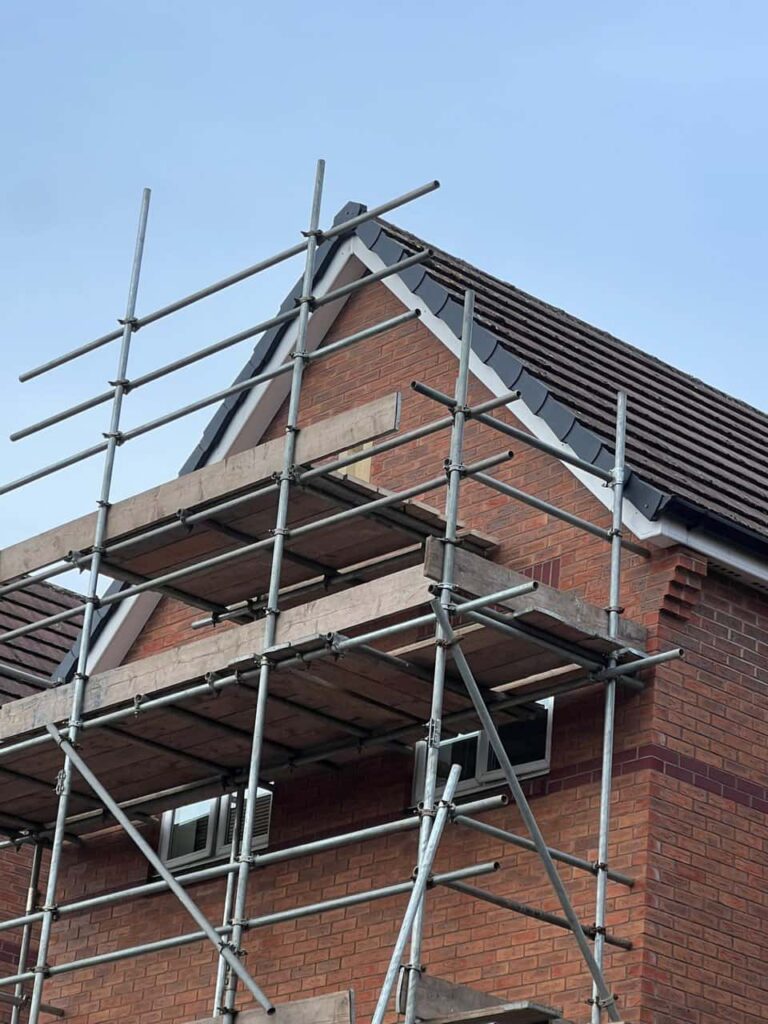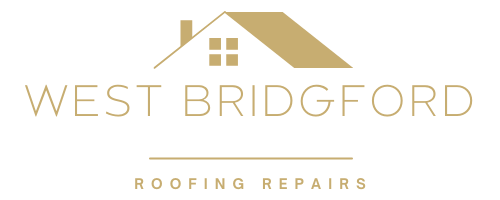Introduction: A leaking roof can quickly become a homeowner’s nightmare, leading to costly repairs, structural damage, and potential health hazards like mould growth. Fortunately, many roof leaks can be prevented by understanding their common causes and taking proactive measures to maintain your roof’s integrity. In this blog post, we will explore the primary culprits behind roof leaks and provide valuable tips on preventing them, ensuring a watertight and secure roof over your head.
1. Damaged or Missing Shingles: One of the most common causes of roof leaks is damaged or missing shingles. Over time, exposure to weather elements can cause shingles to crack, curl, or dislodge. This exposes the underlying layers of the roof to moisture infiltration.
Prevention: Regularly inspect your roof for any signs of shingle damage or missing pieces. Replace damaged shingles promptly to prevent water from seeping through.
2. Clogged Gutters: Gutters clogged with debris can prevent proper rainwater drainage, accumulating water on the roof. This standing water can enter your home, causing leaks and water damage.
Prevention: Clean your gutters and downspouts regularly, especially after storms and during the fall when leaves are likely to accumulate.
3. Improper Flashing Installation: Flashing is used to seal joints and transitions in the roof, such as around chimneys, vents, and skylights. If flashing is not installed correctly or becomes damaged, it can create vulnerable areas where water can penetrate.
Prevention: Regularly inspect flashing for signs of wear or damage. Hire a professional roofing contractor to ensure proper flashing installation and maintenance.
4. Poor Ventilation: Inadequate attic ventilation can lead to the buildup of moisture and heat, which can cause roof materials to deteriorate and create conditions conducive to mould growth and roof leaks.
Prevention: Ensure your attic is adequately ventilated to allow for the free flow of air. This helps regulate temperature and moisture levels, preserving the health of your roof.
5. Ice Dams: Ice dams can form at the roof’s edge in cold climates, preventing melting snow from draining properly. The trapped water can seep beneath shingles and cause leaks.
Prevention: Adequate attic insulation and ventilation can help prevent ice dams. Removing snow from the roof’s edge can also reduce the risk of ice dam formation.
6. Tree Branches and Debris: Overhanging tree branches and debris can damage roofing materials and create entry points for water. Falling branches during storms can puncture the roof, leading to leaks.
Prevention: Trim overhanging branches to prevent them from scraping against the roof. Keep your roof clear of debris to prevent clogs and damage.
7. Aging Roof: Roofs naturally degrade over time due to exposure to the elements. As they age, materials become less effective at keeping out water, increasing the risk of leaks.
Prevention: Schedule regular roof inspections by a professional to assess the condition of your roof. Address any issues promptly to extend the lifespan of your roof.
Conclusion: By understanding and addressing the common causes of roof leaks, you can take proactive steps to prevent water damage to your home. Regular roof maintenance, prompt repairs, and professional inspections are key to maintaining a leak-free and durable roof. If you notice any signs of a roof leak, don’t hesitate to contact a reputable roofing contractor to assess and address the issue promptly. Your diligence in preventing roof leaks will contribute to your home’s long-term health and value.
Call us on: 0115 647 1193
Click here to find out more about West Bridgford Roofing Repairs
Click here to complete our contact form and see how we can help with your roofing needs.

